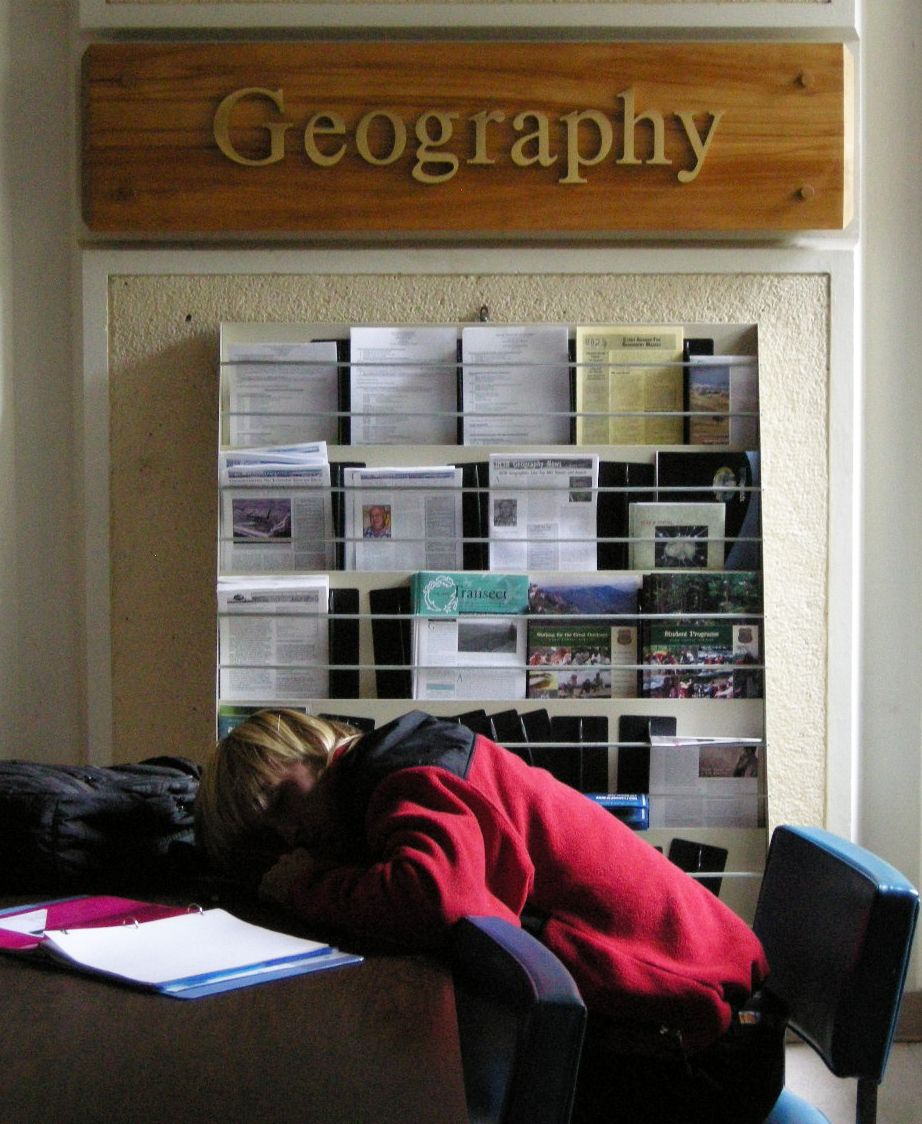On July 19, the National Assessment of Education Progress announced that 21 percent of fourth-graders, 27 percent of eighth-graders, and 20 percent of twelfth-graders performed at or above the Proficient level on the 2010 geography assessment. As Stephanie Banchero of The Wall Street Journal puts it: “The results of the latest National Assessment of Educational Progress, commonly known as the Nation’s Report Card, revealed that U.S. students were making little progress in their understanding of geography and how people change, and are changed by, their natural environment.
Fourth-graders showed a slight improvement since the geography exam was last administered, in 2001, and since it was given in 1994. The scores of eighth-graders remained unchanged, while 12th-graders made no progress from 2001 and slipped behind their peers in 1994. The results, which come on the heels of similar disappointing scores on the national history and civics exams, prompted various explanations and laments from educators. Some blamed students’ obsession with technology, which they said reduces facility with maps. Others said the social sciences, especially geography, are getting pushed out of the curriculum because of the intense focus on math and reading demanded under the federal No Child Left Behind education law. Geography ‘is losing out to the zero-sum game that results from high-stakes testing, said Roger Downs, a geography professor at Pennsylvania State University who spoke during a news conference at which the results were announced. ‘As the economic and cultural forces of globalization and the impacts of global environmental change are felt by everybody everywhere, the case for geography seems both obvious and inescapable.’
The exam was given to a representative sample of 7,000 fourth-graders, 9,500 eighth-graders and 10,000 12th-graders in public and private schools. It is scored on a scale of 0 to 500 points. The scores are then broken into “below basic,” “basic,” “proficient” and “advanced.” Geography is one of eight subjects covered by the assessment program. Students are also tested in math, science, economics, reading, writing, history and civics. The tests date to the 1960s. Amid the lackluster results, there was some good news. The nation’s lowest-scoring students boosted their performance at all grade levels. In fourth grade, for example, students who scored in the lowest 10% posted 169 points in 2010, up from 146 in 1994. That was still well below the 240 points needed to be considered proficient. African-American and Latino children showed improvement since 1994 and 2001 in the fourth and eighth grades, though they made no improvement at the high-school level. ‘The pattern of disappointing results for our 12th-graders’ performance across all three social-science subjects should be of great concern,’said David Driscoll, chairman of the National Assessment Governing Board.”
Editor’s notes: The Yahoo! News blog, The Lookout, posted readers’ comments on the NAEP results, and it appears that American students aren’t doing too well with grammar either: “I have been reading many of the posts here. What I find appalling is the fact that many people posting can’t even spell. How do they expect chilren [sic] to learn in schools when the adults posting here can’t even spell correctly?” Thanks to Helen Couclelis for bringing the NAEP material to our attention and for offering the following example of our nation’s geographical ignorance: “Along these lines, some lady recently asked me where I hail from, and when I said ‘Greece,’ she asked ‘from which island?’ She was deeply puzzled and confused when I told her that I’m not from an island but from Athens which is on the mainland.”




